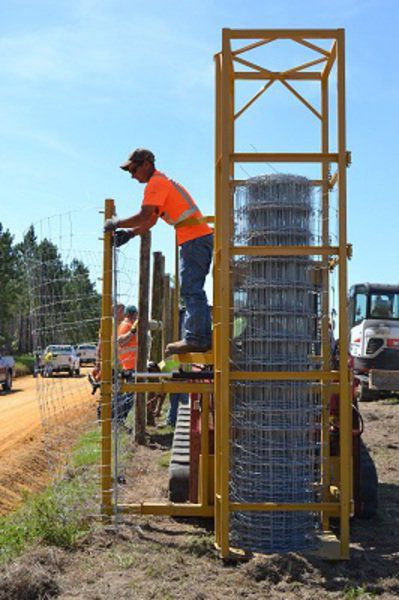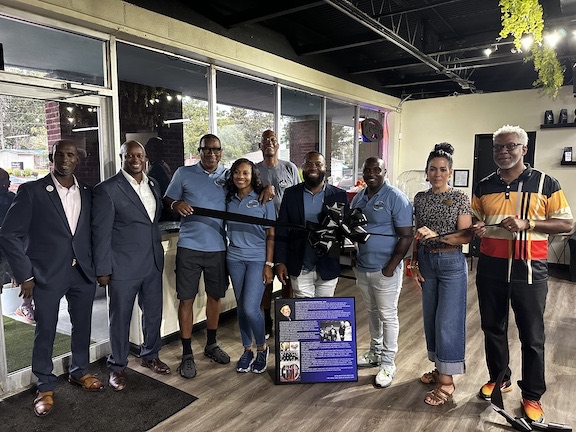Taller fencing an I-75 ‘deerterrent’
Published 12:00 pm Thursday, December 21, 2017

- Submitted PhotoA crew with ECN Consulting and Construction Company from Cleveland installs new fencing along Interstate 75 North in Crisp County earlier this year.
VALDOSTA – Any driver who’s hit a deer or spotted one standing on the shoulder of the road should appreciate the new fencing along portions of Interstate 75.
Old fence with a height of four or five feet has being replaced with eight-foot game fence in various locations in Crisp, Turner, Tift and Lowndes counties through small Georgia Department of Transportation maintenance service contracts, according to a DOT press release.
Trending
Fence replacement just concluded in Lowndes County and must be inspected by the department. The other counties are complete.
Contractors were also asked to use wire to fill in bottom gaps at low spots to prevent deer from getting under.
Given a space of a foot or 18 inches, deer will “lay on their belly and scoot right under it. They’re pretty agile animals,” said Charlie Killmaster, Georgia Department of Natural Resources state deer biologist.
Last year, 15,479 motor vehicle collisions with animals were reported on all routes statewide. Those specified as collisions with deer totaled 8,263. However, not all agencies/officers report in the same manner so some of the 7,216 collisions with “animals” may also have been deer, according to the DOT.
The collisions resulted in 969 injuries and 16 fatalities statewide. Those are just the collisions that were reported through law enforcement.
“It’s nothing for a deer to jump a five-foot fence. The eight-foot fence may reduce the number of deer that get onto the highway, which can prevent crashes and injuries to motorists,” Georgia DOT District Maintenance Engineer Scott Chambers said.
Trending
While deer can jump eight feet, “they generally don’t unless they’re pressured,” Killmaster said. The fence height also reduces the chance of a pedestrian accessing the interstate from private property.
We are at the end of the deer breeding period, which is when most collisions occur, Killmaster said. Each year he stresses the importance of paying extra attention for deer during October, November and December.
“If you’re on the road and spot a deer, slow down. Don’t honk your horn or do anything to try and get the deer to cross the road,” Killmaster advised.
Also watch for more than one deer; it’s often the second deer that gets hit, he said.





